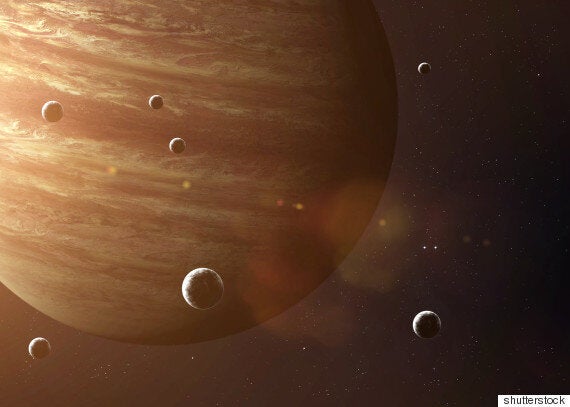Astronomers have discovered a new technique to measure the pull of gravity, which could help us find alien life.
According to a team from the University of Vienna, this latest advance helps scientists better determine whether distant stars could be harbouring life.
"If you don't know the star, you don't know the planet," said study co-author, Professor Jaymie Matthews.

"The size of an exoplanet is measured relative to the size of its parent star.
"If you find a planet around a star that you think is Sun-like but is actually a giant, you may have fooled yourself into thinking you've found a habitable Earth-sized world.
"Our technique can tell you how big and bright is the star, and if a planet around it is the right size and temperature to have water oceans, and maybe life."
SEE ALSO:
- Aliens On Pluto Rumours Gain Momentum As NASA Scientist Says 'Amazing' Announcement Ahead
- UFO Hunters Believe NASA's Opportunity Rover Has Found An Alien 'Dome' On Mars
- Alien Life On Mars Is An 'Exciting' Possibility Says The Martian's NASA Scientist
- Alien Hunters Believe NASA's Curiosity Rover Has Spotted A 'Mouse' On Mars
What they are essentially measuring is the surface gravity of a star - an indication of how much you would weigh on that star.
The technique has been dubbed, "autocorrelation function timescale technique” and it uses subtle variations in the brightness of distant stars recorded by satellites like Canada's MOST and NASA's Kepler missions.
By understanding the nature of other stars, we might be able to "find other planets like our Earth,” explained lead author Thomas Kallinger from University of Vienna.